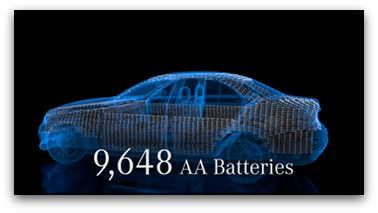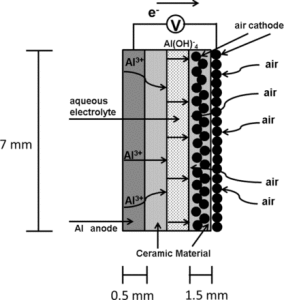We may understand melanin best as the pigment that dictates our skin tone, but these pigments are actually super plentiful – existing in almost every organism on earth. While melanin is all around us, there is still much to learn about its chemical structure.
A group of researchers from Carnegie Mellon University set out to better understand melanin, and in doing so, found that its chemical structure may be conducive to creating certain kinds of batteries.
“Functionally, different types of melanin molecules have quite different chemistries, so putting them together is a little like solving a jigsaw puzzle, with each molecule a puzzle piece,” says Venkat Viswanathan, ECS member and co-author of the study. “You could take any number of these pieces and mix and match them, even stack them on top of each other. So what we researched was, which of these arrangements is really correct?”




 There may soon be a shift in the transportation sector, where traditional fossil fuel-powered vehicles become a thing of the past and electric vehicles start on their rise to dominance.
There may soon be a shift in the transportation sector, where traditional fossil fuel-powered vehicles become a thing of the past and electric vehicles start on their rise to dominance.


